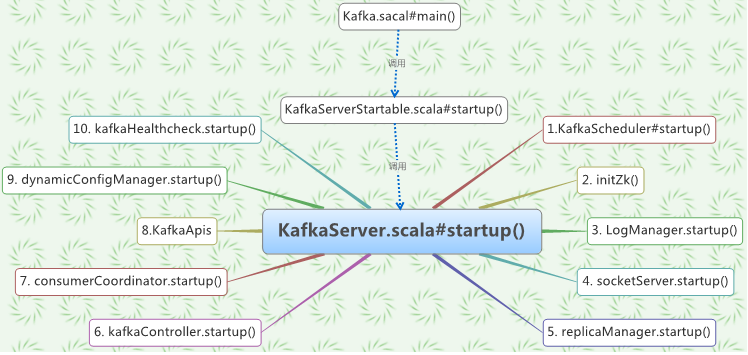

Use the toInt Method in Converting String to Integer in Scala And that's generally considered to be good practice.This article will tackle converting a String to an integer in Scala. But as you can see in Scala, we have the option of making things expression's and assigning them to valse, which means that we can be more functional in our programming approach. There's nothing here that stops us from ignoring the return type, in which case we turn try effectively back into a statement again. So hopefully that makes sense to you again. Now the result is ten divided by one is ten. In other words, if I change this to 11, instead you'll see this get reevaluated. So arithmetic exception is the result of this and that returns is error if this is able to work. I can also put a finally block in here and just say print Len R woops, this is a side effect and I can return a hundred from here and that hundred will not come back as a result of this. So that will cause an arithmetic exception. I can put the divided try A and B minus 12, and I think B was set to 12. So if I go back to my rapport here and you'll see this, here's my example of divided. It will never affect the actual result returned from this. The final block is always run, but it only has a side effect. But although we have a 42 at the end here, that will not affect the result. We'll see all about that type inference later. So in the case of a catch, the result of this expression will be assigned to divide it and the type that's inferred will be a combination of these two. But it basically means when this happens, do this. So at this point, we use this rocket and we're going to see all about the rocket syntax later. And in this example, we're going to get an arithmetic exception.
#Scala try catch series
We say catch open curly brace and then we provide a sequence of case or a series of cases that will hopefully try and match the exceptions that we're getting. So we can catch that and we do the catch with this constructor. OK, so here we can do ten divided by zero now and integers that will result in an arithmetic exception. And so this means that when we do a try with a catch and finally whatever is in the try block, if that works, that will be returned as the value. So the another thing that Scala makes, you know, traditionally in other languages is often a statement, but in Scala is an expression is the try catch finally construct. So that did seven times seven squared which is forty nine and then multiply that by two and that gives us ninety eight. And when it re-evaluates this time it comes back with eight. Maybe I've got that turned off, but you can always force it to reevaluate. So we've got B as the larger and then I save that. And actually let's change it the other way, let's do five and seven. So it does five times five, which is 25, and then multiply it by two, which gives us 50 if I change this to seven. You can see that indeed when we call Max squared double with five and three, five is the greater one of the two. So evaluate the worksheet and I'll do that here and you'll see it run through and down the side here. But when you when you've got these, you can actually make them run.
#Scala try catch how to
So when we call it down here and you can run the R the worksheets here, you'll actually get these or you have these examples from unpacking the the projects and we'll see how to import those in the next in the next module. And if B is then bigger than or equal to A, then we take B times B and return the value of that squared and that's implicitly return from that block as well. So again, squared times two will be what the result of this particular curly brace block is. So we take A and B event and then we say IFA is greater than B and then this does the val squared equals eight times eight and square times two.

Again, we have to provide the the types for these parameters because Scala and furthermore, we don't have to provide the return type, but often that's considered good practice to put that in there anyway. At this point, I'm going to switch over to using something we're going to see in the next module, which is the worksheet feature in entomology, just because it's a little bit quicker than watching me type all of these examples and so in intelligibly, if I switch to that now, you'll see that I have created a method called Max Squared Double that looks very similar to that example that I just showed you.


 0 kommentar(er)
0 kommentar(er)
